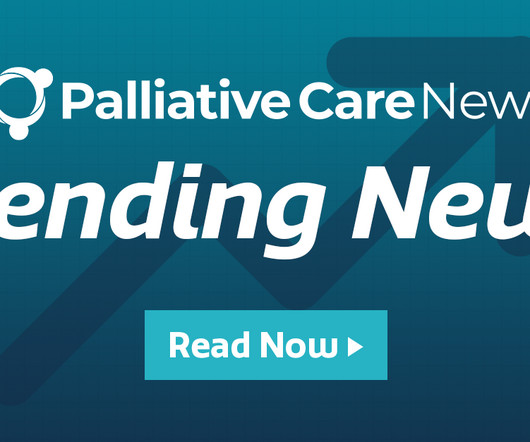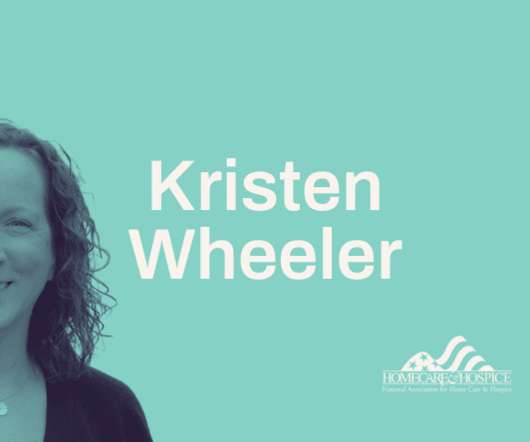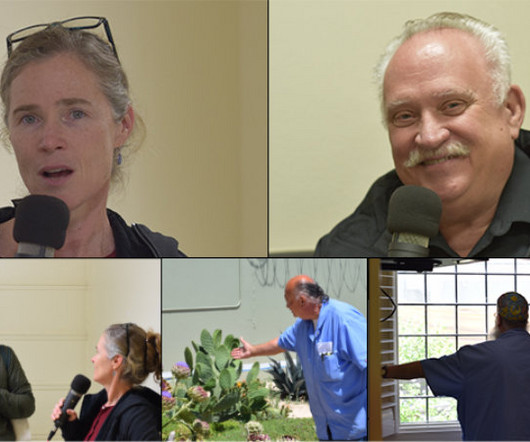Angela Hospice’s New Inpatient Facility; Hosparus Opens PACE Center
Hospice News
APRIL 11, 2024
Constructed in 2006 as the Schmidt Museum of Coca-Cola Memorabilia, the facility was renovated after its closure in 2011. To qualify for PACE, residents must be 55 and older, in need of nursing home-level care and able to safely receive community-based services in a home-based setting.



















Let's personalize your content